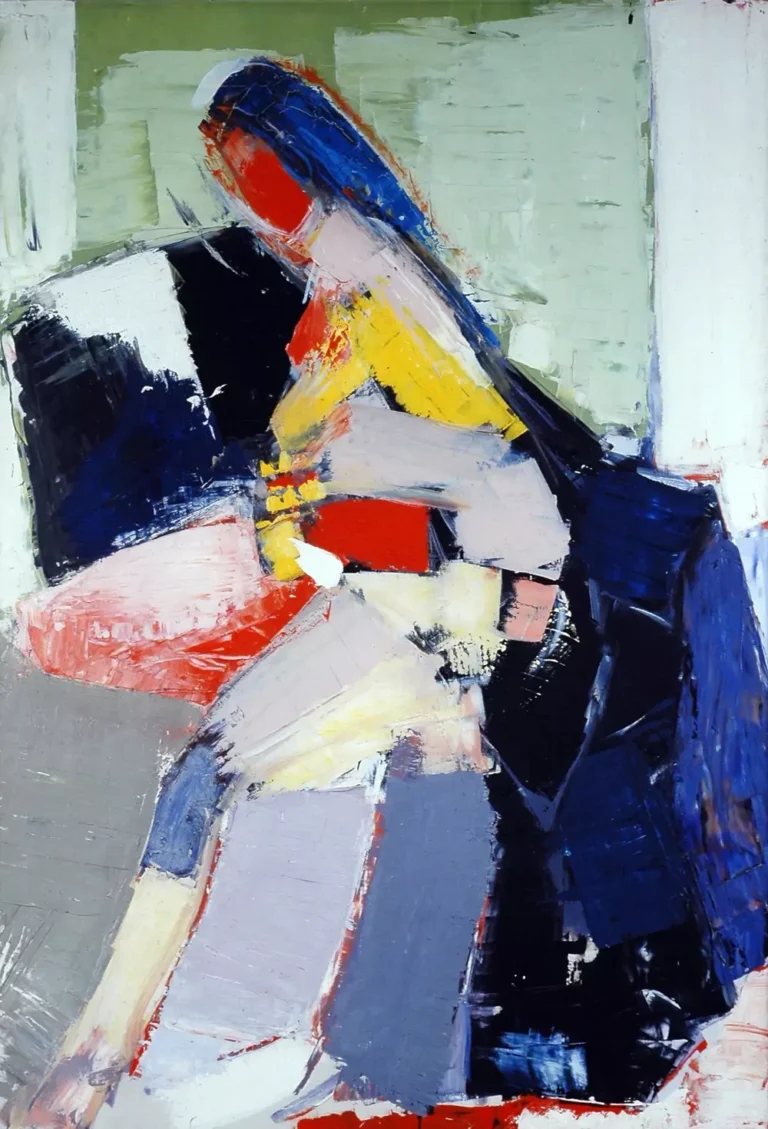Looking for a muse? Check no further. Discover the Best of Art, Culture, History & Beyond!

Constantin Brancusi, Endless Column (1938)
Some sculptures demand that you walk around them, examining their curves, their weight, their defiance of gravity. Others, like Constantin Brancusi’s Endless Column, command your gaze upward, urging you to follow their rhythm into the unknown. It does not simply exist in space; it stretches towards an elsewhere, an infinity beyond our grasp.
The sculpture is a 98-foot-high (30 meter) column of zinc, brass-clad, cast-iron modules threaded onto a steel spine, and is part of a three-sculpture ensemble along with two travertine monuments called Gate of the Kiss and Table of Silence in Târgu Jiu, Romania.


A Vertical Pulse in Space
Brancusi was a sculptor obsessed with essence. He sought to strip away the unnecessary, to find the fundamental nature of form. With Endless Column, he did not carve a figure, a narrative, or a recognizable symbol. Instead, he presented a rhythm—a series of identical, rhomboidal modules stacked upon each other in perfect symmetry, a pulsation rising against the sky.
The modular repetition is hypnotic, almost musical, creating a visual echo that resonates beyond its physical boundaries. Each module reflects and repeats the one before it, yet they never truly conclude. The column could extend indefinitely, and in a way, it does—if not physically, then conceptually. There is no final piece, no punctuation. It is, quite literally, without end.
The Material That Breathes Light
Sculpture is often about mass and weight, but Endless Column defies expectations. Made from cast-iron, then coated in brass, the structure interacts with light in ways that seem to dissolve its materiality. At sunrise and sunset, its metallic skin glows with a golden luminescence, and depending on the time of day, it can appear solid or ethereal, a shifting presence against the sky.
Brâncuși once said, “Simplicity is complexity resolved.” Here, simplicity is taken to a profound extreme. The repetition of identical elements could seem monotonous in another artist’s hands, but Brâncuși imbues the form with a spiritual force. It is as if the material itself aspires towards transcendence, transforming as it meets the changing light.
A Symbol Beyond Borders
For the people of Romania, Endless Column is deeply rooted in cultural identity. It serves as both a patriotic monument and a modernist masterpiece, bridging folk traditions with the avant-garde. The stacked rhomboidal shapes echo traditional Romanian wooden pillars found in villages, linking Brâncuși’s radical vision to ancestral craft.
Yet, its power is universal. The column’s rhythm can be found in the spirals of DNA, in the towering structures of ancient civilizations, in the vertical yearning of Gothic cathedrals. It does not belong solely to Romania; it belongs to anyone who has ever tilted their head back to follow a structure into the sky and wondered what lies beyond its highest point.
Unlike a traditional monument, which is designed to be read and interpreted in a specific way, Endless Column invites personal contemplation. It does not prescribe a meaning; instead, it suggests a direction. Upward. Outward. Beyond.
Standing beneath it, you feel its pull. Your eyes follow its path, your mind reaching into the unseen. Where does it end? Perhaps it never does. Perhaps that is the point.
Brâncuși did not sculpt an object—he sculpted an idea. And in doing so, he gave us not just a work of art, but a fragment of the infinite.

This article is published on ArtAddict Galleria, where we explore the intersections of art, history, and culture. Stay tuned for more insights and discoveries!



